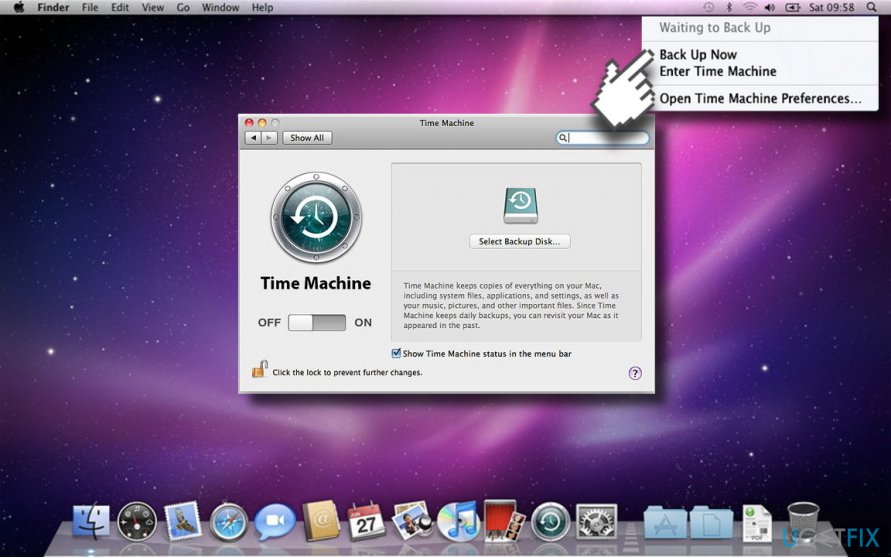



According to Apple, this enables "faster, more compact, and more reliable backups" than were possible previously with HFS+-formatted drives. Specifically, the new version of Time Machine makes use of APFS's snapshot technology. Time Machine was overhauled in macOS 11 Big Sur to utilize APFS, Apple's modern file system first introduced in 2016. At that point, Time Machine deletes the oldest weekly backup. Time Machine saves hourly backups for the past 24 hours, daily backups for the past month, and weekly backups for everything older than a month until the volume runs out of space. Time Machine may also be used with other external or internal volumes. Apple's Time Capsule, which was introduced in 2008 and discontinued in 2018, acted as a network storage device specifically for Time Machine backups, allowing both wired and wireless backups to the Time Capsule's internal hard drive. Some of the legacy support can be re-enabled by using hand-tuned configuration options, accessed through the Terminal. Earlier versions worked with a wide variety of NAS servers, but later versions require the server to support a recent version of Apple's Apple Filing Protocol (AFP) or a recent version of the Server Message Block (SMB) protocol, and Time Machine no longer works with servers using earlier versions of SMB. As snapshots age, they are prioritized progressively lower compared to your more recent ones.” įor backups to a network drive, Time Machine allows the user to back up Mac computers over the network, and supports backing up to certain network attached storage devices or servers, depending on the version of Time Machine. Time Machine captures the most recent state of your data on your disk. “Time Machine is a backup utility, not an archival utility, it is not intended as offline storage. emails, contacts, text documents, presentations) without leaving the application. It also works within a number of applications such as Mail and iWork, making it possible to restore individual objects (e.g. It allows the user to restore the whole system or specific files. Time Machine creates incremental backups of files that can be restored at a later date. Time Machine was revamped in macOS 11 Big Sur to support APFS, thereby enabling "faster, more compact, and more reliable backups" than were possible previously. It was first introduced in Mac OS X 10.5 Leopard, which appeared in October 2007 and incrementally refined in subsequent releases of macOS. The software is designed to work with both local storage devices and network-attached disks, and is most commonly used with external disk drives connected using either USB or Thunderbolt. Time Machine is the backup mechanism of macOS, the desktop operating system developed by Apple.


 0 kommentar(er)
0 kommentar(er)
